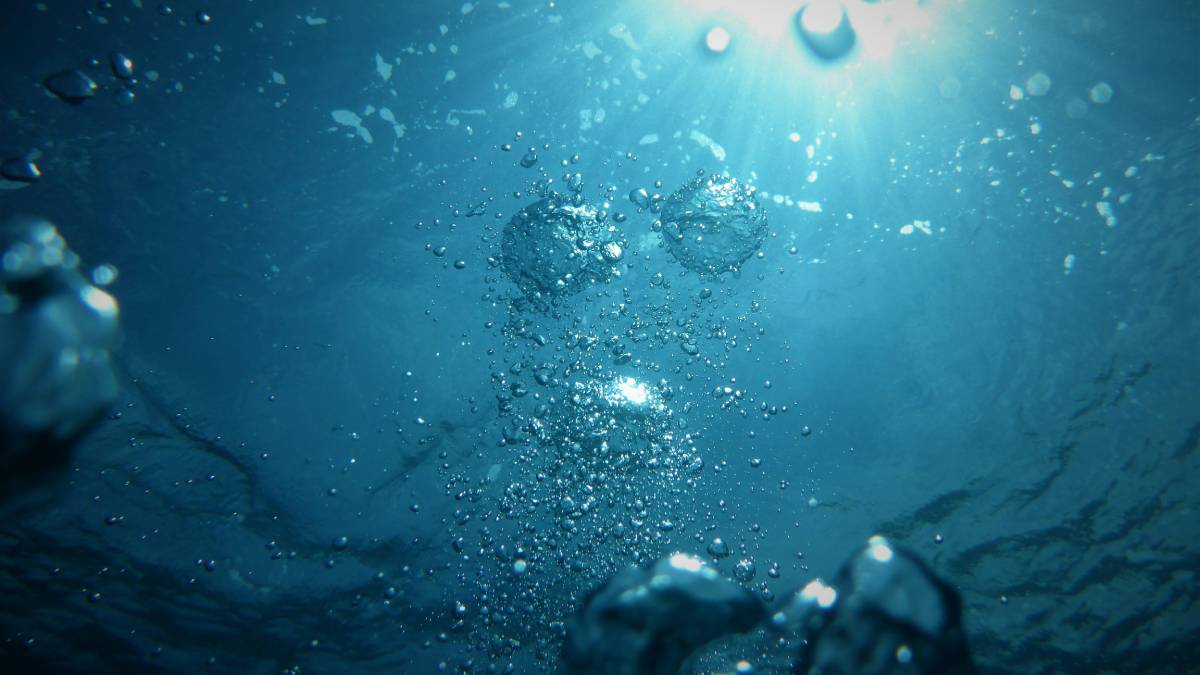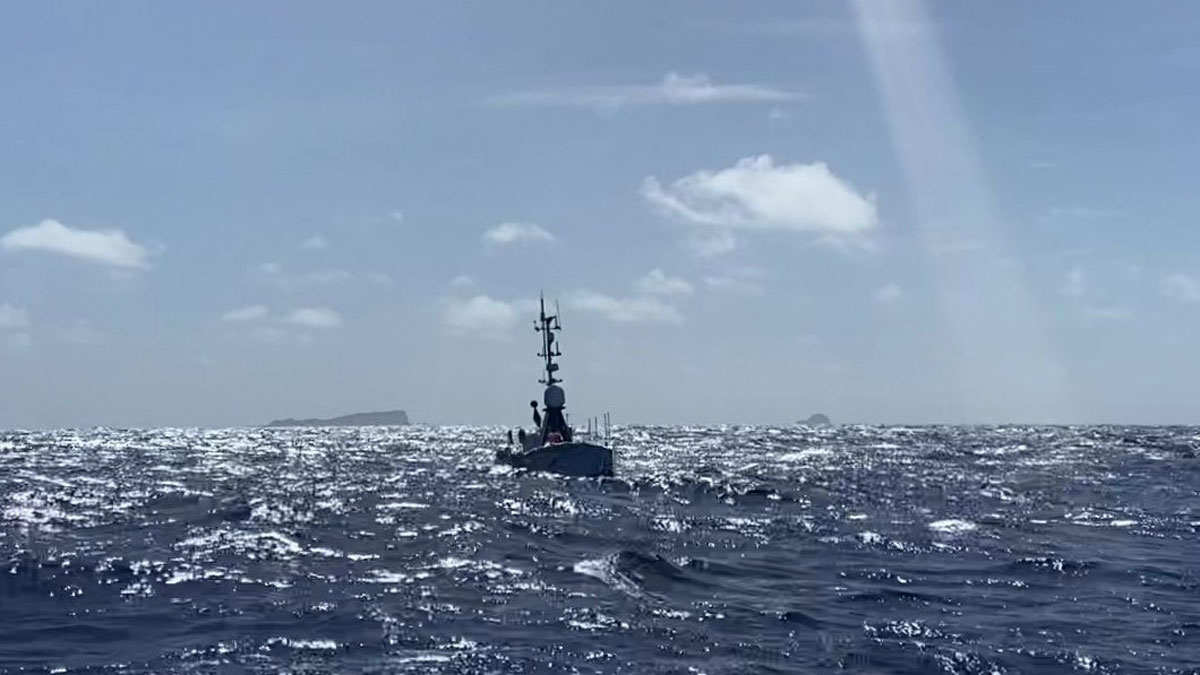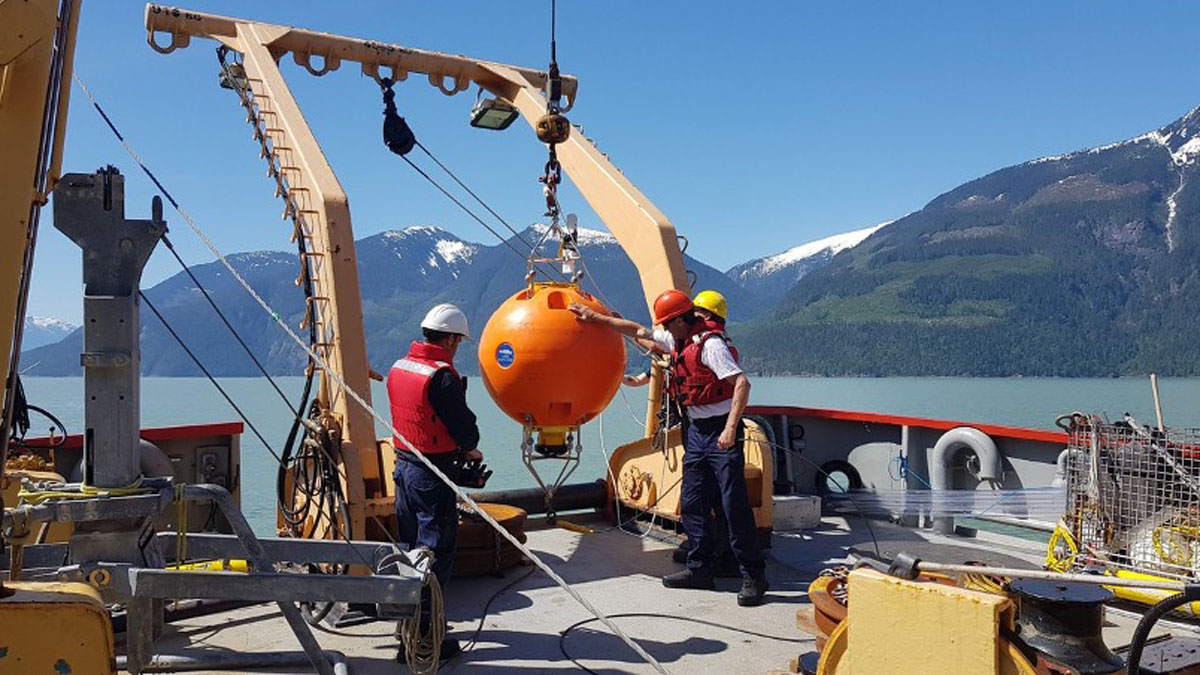Seamounts may play a significant role in ocean turbulence and the upwelling of deep waters.
seafloor
Lost City’s Plumbing Exposed by the Longest Mantle Core Ever Drilled
The core, which is 71% complete, reveals millions of years of geologic history and the plumbing underlying hydrothermal vents.
Exploring an Underwater Volcano from 16,000 Kilometers Away
Measurements of Hunga volcano’s crater continued for months after its 2022 eruption.
Scientists Are “Gobsmacked” by the Variability of Seafloor Currents
The speed and direction of deep currents off Mozambique’s coast are more subject to change than scientists expected.
Sensing Remote Realms of the Deep Ocean on Earth—and Beyond
A novel laser-equipped probe is collecting measurements of deep-sea geochemical environments that once seemed impossible to gather, pointing the way toward future explorations of other ocean worlds.
Exploring New Zealand’s Remote Fjords
Doing research in Fiordland—a vast territory of mountains, forests, and fiords in southwest New Zealand—takes ingenuity, collaboration, and a really good raincoat.
Metallic Nodules Create Oxygen in the Ocean’s Abyss
These nodules, a focus of seabed mining interests, could be natural “geobatteries” and play a larger-than-expected role in the deep-sea ecosystem.
Sedimentary Basins Tell Zealandia’s Ancient Story
New interpretations and mapping of all New Zealand’s offshore sedimentary basins offer clues about the evolution of Earth’s eighth continent.
Seals Help Scientists Make Discoveries in Antarctica’s Bellingshausen Sea
By analyzing hydrographic information gathered by seals and an undersea glider, researchers found new meltwater currents, as well as a new seafloor trough.










